
10 confirmed cases of the highly contagious H3N2 virus and four deaths were reported during the first month of operation.

10 confirmed cases of the highly contagious H3N2 virus and four deaths were reported during the first month of operation.

New to the ICU? Keep this calculations chart on hand so you can spend more time saving and less time scratching your head.

Surgery team, assemble! Its time for veterinarians to let their Super Techs reveal the heroes they were born to be.

Emergency and critical care specialist Dr. Garret Pachtinger shares the veterinary monitors he couldnt live without and explains why theyre so vital.
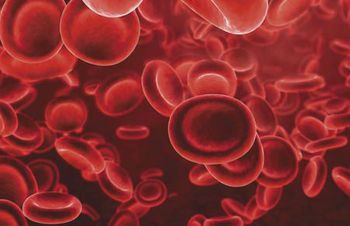
From performing blood typing to administering blood transfusions, here are the blood products you should have on hand in your veterinary hospital.

The cat, which had history of heartworm disease, presented with rear leg lameness.

Here are the most common conditions Lap of Love hospice veterinarians see in their mobile euthanasia practiceand pointers on how to ease clients and patients down this difficult path.

Tools that have been around for years are more useful when we understand them better, and new tools can increase patients quality of life, says emergency and critical care specialist Dr. Garret Pachtinger.
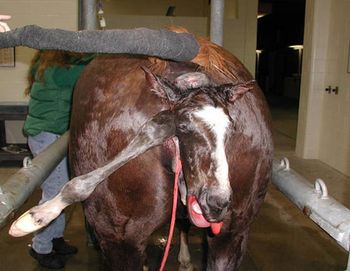
When a foals improper placement is interfering with delivery, the practitioners success hinges on accurate determination of the cause and swift, appropriate intervention.

Monitoring temperature in anesthetized patients on top of everything else you have to do might send your stress through the roof. But with these helpful tips, you wont have to sweat it.

Less stress can be truly life-saving in these feline patients just trying to catch their breath.
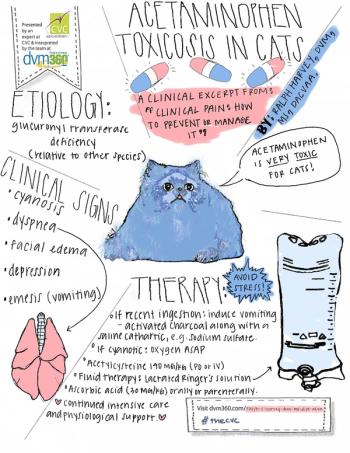
Expert Ralph Harvey, DVM, MS, Dipl. ACVA, shares his awesome advice for handling a case of a cat with acetaminophen toxicosis.

Diagnosis of canine tick-related disease has been occurring with greater frequency, making knowledge of all tick-borne diseases increasingly important. This detailed overview of anaplasmosis, ehrlichiosis and Rocky Mountain spotted fever will help you be prepared when these diseases make an appearance in your veterinary clinic.
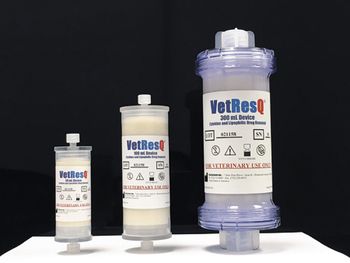
What's inside those cartridges? Beads, my friend.

Easily, and confidently, declare "Fluid" or "No fluid" by performing an abbreviated ultrasound protocol in your critical veterinary patients.

Dr. Justine Lee lays out three important changes in protocol for your critical veterinary patients.

Each Veterinary Medicine Essentials package covers diagnostic steps, treatment plan guidance and the latest updates, plus resources to share with your entire veterinary team and your clients.
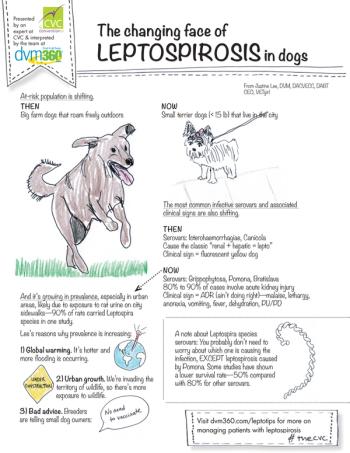
Do you know the most common dogs found to be infected these days? Get up to date on when to be suspicious in your veterinary patients.

A week-long succession of wound repair surgeries results in Cody's successful recovery.

Do you know the clinical signs of these tree-related toxicoses and how to help affected patients?

In which we explore strange new zoonoses, seek out better diagnostics and new treatments, and engineer cats for world peace. (Really.)

Dr. Tim Evans gives some fundamental toxicology tips and tricks to help out when it comes to finding the source in small animal intoxications and possible malicious poisonings.

Parvovirus is a much dreaded diagnosis, but these fragile puppies can make it through. Here's how.

Veterinary criticalist and toxicologist Justine Lee discusses a new out-patient protocol for parvo puppies.

OK, so you're not much of a party animal? No worries. Dr. Rachel Pollard offers some friendly radiology tips for life in the ER.